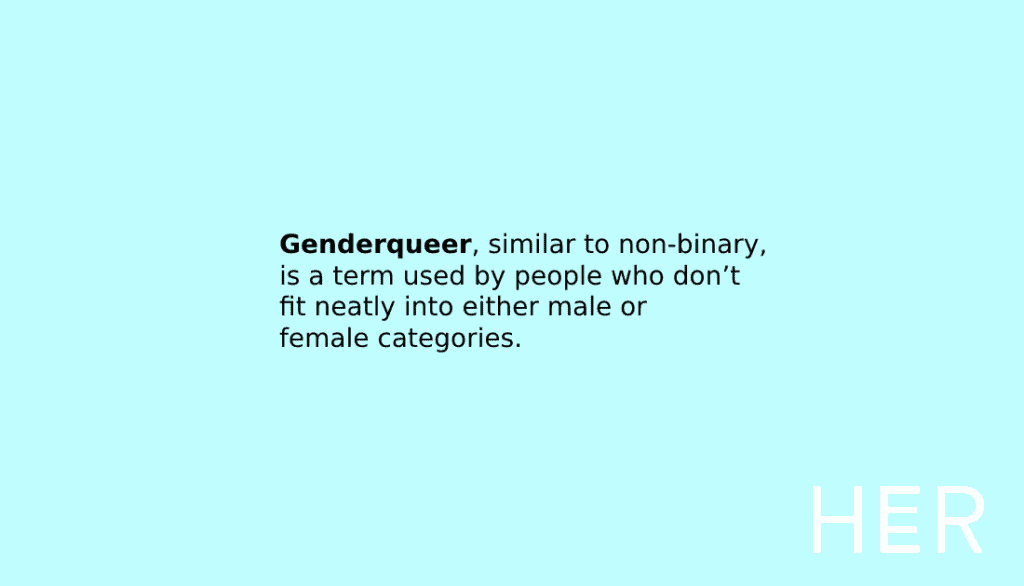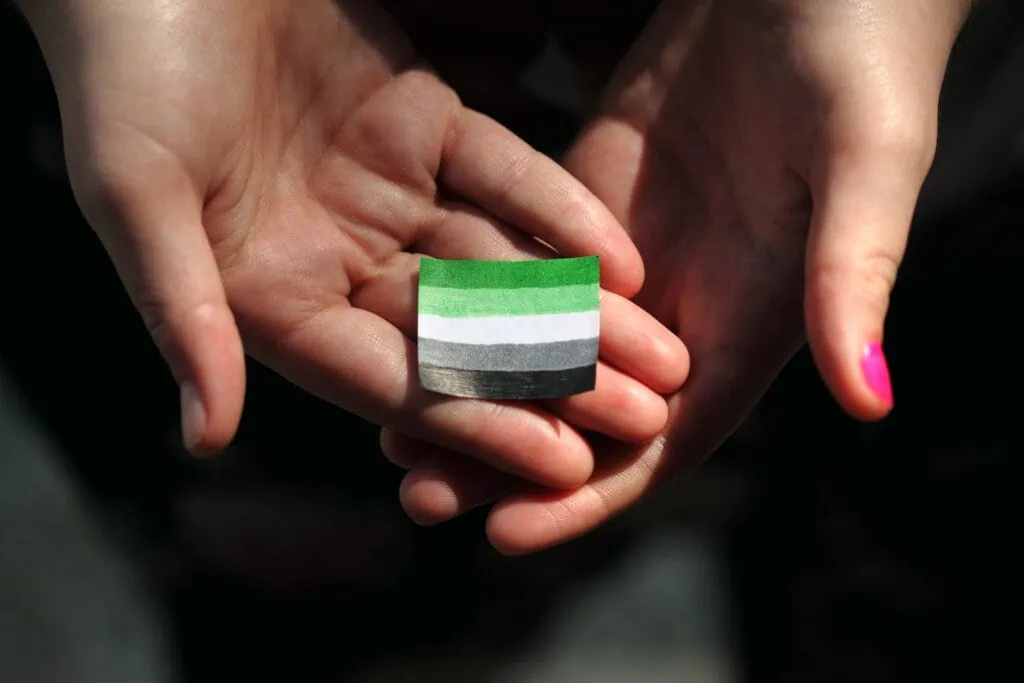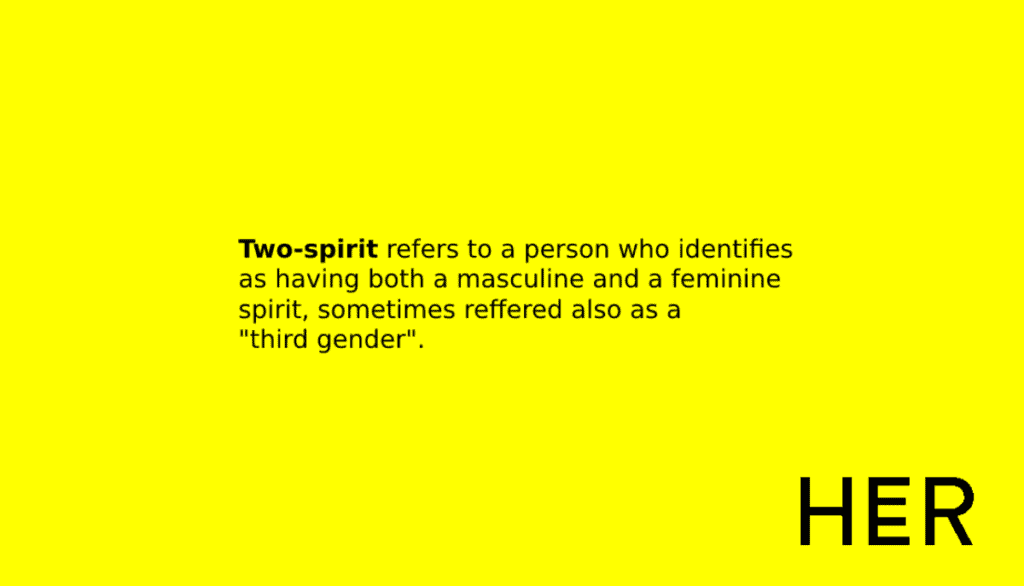The word genderqueer has been used since the 1990s to describe people whose gender is ambiguous, not fixed, or outside the traditional male/female binary.
It’s used similarly to terms like androgynous or androgyne.
Genderqueer is used by some interchangeably with non-binary to simply mean that they identify in between, outside, or beyond the gender binary.
While genderqueer is generally seen as a non-binary identity, some genderqueer people don’t identify as non-binary. Similarly, some genderqueer people also describe themselves as transgender, while some don’t.
Genderqueer, similar to non-binary, is a term used by people who don’t fit neatly into either male or female categories.
Genderqueer can encompass or be used in conjunction with other terms for gender identity, such as bigender, agender, or androgynous. Other people want to use this as the only term for their identity.
Many genderqueer people use they/them pronouns, but this is not always the case. Some use just she/her or he/him, while others use a combination of pronouns or are happy with any pronouns.
Make sure you check in with the individual to understand how they would like to be referred to.
What Do They Look Like?
The simplest way to put it is that genderqueer people just look like genderqueer people.
You can’t always tell someone’s gender identity just by looking at them, so it’s important to ask and make sure you’re using respectful language.
If you’re not sure of someone’s gender identity, the best way to check is by offering up your pronouns first, so the other person knows it’s safe and accepted for them to do the same.
The Flag
The genderqueer flag was the first non-binary flag, designed in 2011 by Marilyn Roxie.
It’s made up of a purple stripe, a white stripe, and a green stripe.
The purple is symbolic of both queerness in general and is a mixture of male and female.
The white stripe is used in all non-binary flags and represents being agender or not identifying with a particular gender.
The green represents gender identities that exist outside of or beyond the traditional binary.








